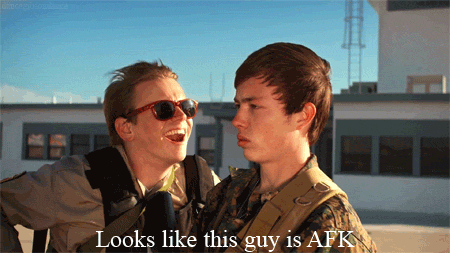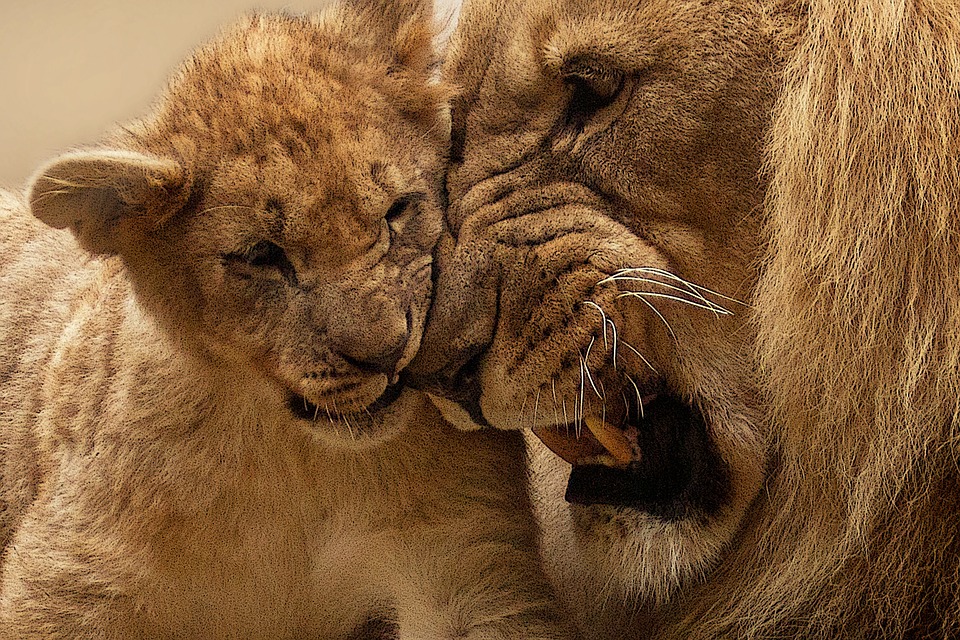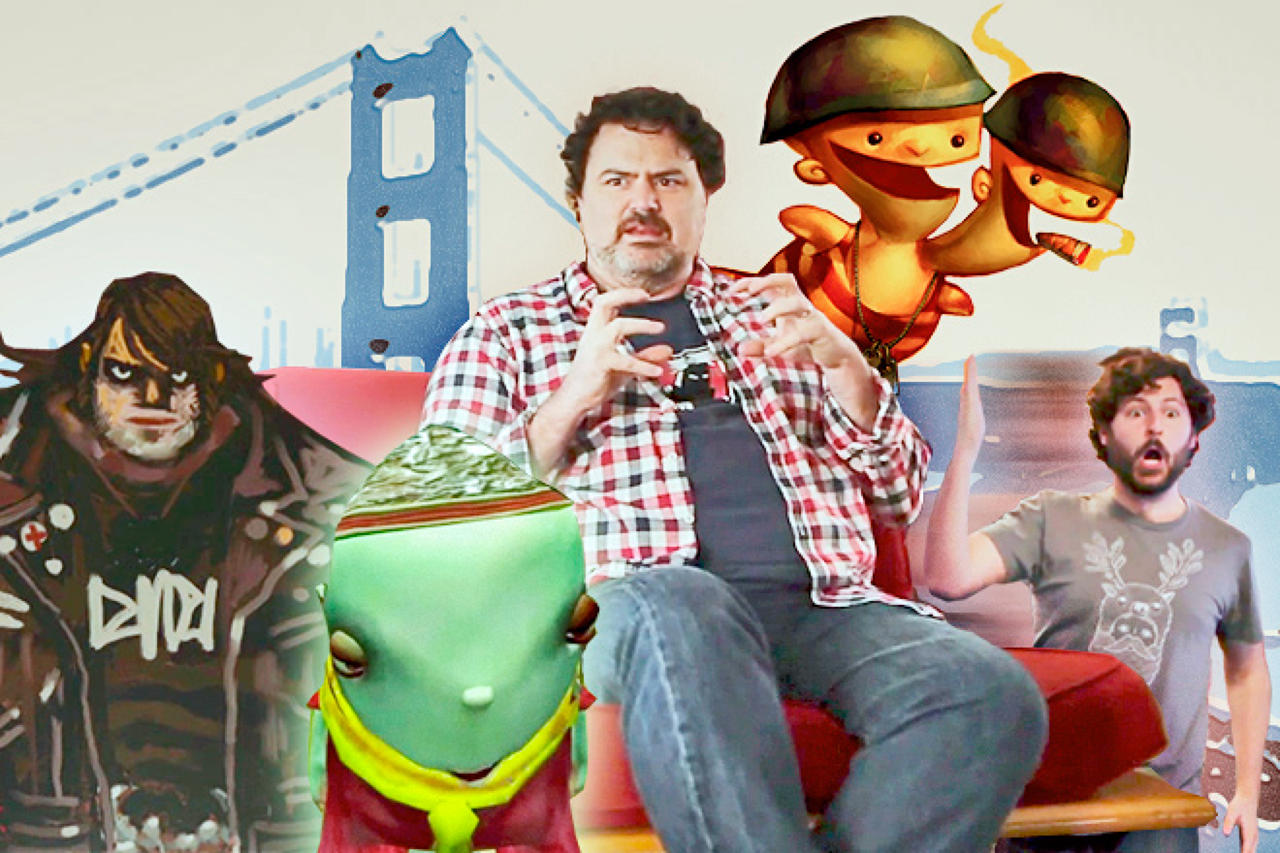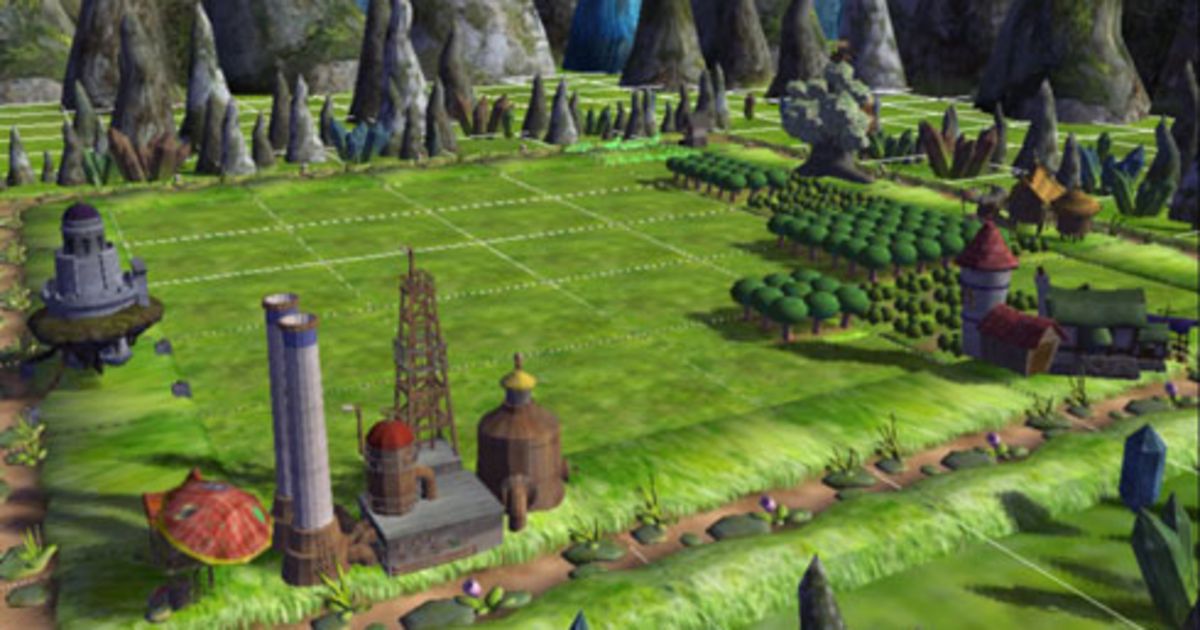Contrary to popular belief, the totally awesome retro-inspired High Strangeness is not the first video game to ever seek funding on Kickstarter; it was the first successful video game Kickstarter campaign, launching May 20th, 2009 and raising $1,559 of their $1,500 goal.
So what was the very first video game Kickstarter, you may ask? It was Farmlands, launched May 5th, 2009 by Greg Chudecke, aka CaffeinatedGuy.
 No, not Mr. Caffeine.
No, not Mr. Caffeine.
The big difference between the two campaigns aside from their launch dates is that High Strangeness was successfully funded where the Farmlands campaign was cancelled on July 11th, 2009, with Greg citing that fundraising promotion efforts were becoming “a full time job”.
However, this could hardly be construed as a failure, as Greg promised that he’d continue to develop Farmlands without the needed funds. So where’s Greg at today? He’s still developing video games almost six years later, which according to his campaign, is living his “dream” of “starting his own video game company”.
How many of us can honestly say that we’re living out our own dreams right now instead of wasting away at jobs we hate?
Despite Greg cancelling the campaign to pursue his lifelong dream in his own way, I’d say that his pioneering move effectively opened the floodgates for other developers to seek funding via Kickstarter.
And let’s be honest, a bunch of soulless suits at a AAA investors meeting are not always in touch with what gamers really want; just look at the rabid success of campaigns like Bloodstained and Yooka-Laylee.
Could we honestly expect a gaggle of non-gaming, corporate investors to understand the charming and nostalgic value that come with games like Volgarr the Viking and Shovel Knight, or would they be more comfortable releasing a generic title with a new splash of paint for a franchise that they know will get them a return on their investment?
Here’s why I think Kickstarter is a blessing for indie developers and why Farmlands helped usher in a new era where dreams can effectively come true for developers and gamers alike.
“Creative” Means Creative
Let’s dissect the opening paragraph ripped right from Kickstarter’s About Page.
“Kickstarter helps artists, musicians, filmmakers, designers, and other creators find the resources and support they need to make their ideas a reality. To date, tens of thousands of creative projects — big and small — have come to life with the support of the Kickstarter community.”
Regardless of what film critic Roger Ebert may say to the contrary, video games are artistic and creative, requiring interaction from the user to serve their ultimate purpose. The same could be said of a painting, a rap album or an indie film (ever watch Video Game High School? It’s awesome!).
 Thanks to Farmlands, many projects have been launched and successfully funded despite what AAA investors and Roger Ebert have to say about it.
Thanks to Farmlands, many projects have been launched and successfully funded despite what AAA investors and Roger Ebert have to say about it.
Size Doesn’t Matter
 No. That’s not a lie perpetuated by your 6th grade Health teacher. At Kickstarter, every studio/developer has the chance to be successful. Of course, some may contend that having a former AAA developer as a backer or teammate certainly doesn’t hurt, it doesn’t always spell Kickstarter success.
No. That’s not a lie perpetuated by your 6th grade Health teacher. At Kickstarter, every studio/developer has the chance to be successful. Of course, some may contend that having a former AAA developer as a backer or teammate certainly doesn’t hurt, it doesn’t always spell Kickstarter success.
A great example of a no-name studio successfully raising funds on their first campaign ever is Hiro Fodder: A Blue Hope by Robert DellaFave and Divergent Games. Despite not having the visibility of a AAA veteran or team, Hiro Fodder managed to raise $548 more than what they were asking for.
Robert talked about his experience with crowdfunding while unknown in a 2013 article on Tuts Plus. With transparency, collaboration and determination, anyone can be successful.
Updates are All in One Place
 Where some campaigns may opt for a more exclusive approach, Kickstarter’s Updates/Comments sections are great places for developers to update their backers on the game’s progress. As a backer of multiple projects myself, it’s nice to get the occasional email letting me know what the status is.
Where some campaigns may opt for a more exclusive approach, Kickstarter’s Updates/Comments sections are great places for developers to update their backers on the game’s progress. As a backer of multiple projects myself, it’s nice to get the occasional email letting me know what the status is.
Further, developers can also provide backer-only updates that aren’t publicly viewable. These have been used in the past to get creative input from those in a specific reward tier or feedback on the most recent alpha/beta release.
Of course, this isn’t meant to isolate those who may have not initially backed the game (I still regret missing out on NightCry), but to reward those who have been there since the beginning.
Usernames and passwords to other sites may get lost, but Kickstarter Pages are forever, and savvy developers can use a combination of backer-only and public updates to keep everyone in the loop on one site.
The Video Game Industry Needed Kickstarter
 Kickstarter itself was launched April 28th, 2009, followed shortly after by the Farmlands campaign roughly a week later. For anyone who remembers what the indie scene was like towards the end of the 2000’s, it was absolutely booming.
Kickstarter itself was launched April 28th, 2009, followed shortly after by the Farmlands campaign roughly a week later. For anyone who remembers what the indie scene was like towards the end of the 2000’s, it was absolutely booming.
Powerful titles like VVVVVV, Braid and Castle Crashers in conjunction with digital distribution platforms like Steam helped usher in a powerful new era where developers had more creative control and gamers had more say in what types of titles they’d like to see.
As mentioned earlier, the video game industry is a much different animal than it was 30 years ago. Publicly traded companies that prove to be lucrative can easily be taken over by shareholders who’ve more than likely never played a game in their lives.
So when you begin to flood a boardroom with about 20-30 of these affluent, non-gaming individuals, what do you think they typically get behind project-wise?
Kickstarter has proven time and again that people are willing to back projects that would otherwise get laughed out of a shareholder’s meeting.
Greg Chudecke & Farmlands, I Salute You
 I can only imagine what the energy was back when Kickstarter launched in 2009. Filmmakers, inventors and artists now had a way to share their ideas with the world and get funded by those who believe in their vision.
I can only imagine what the energy was back when Kickstarter launched in 2009. Filmmakers, inventors and artists now had a way to share their ideas with the world and get funded by those who believe in their vision.
Despite what industry haters like Jack Thompson and Roger Ebert had to say about it, Greg Chudecke threw his hat in the ring and proudly declared Farmlands as a creative medium worthy of funding. His campaign set the tone for many others, with roughly $2 of every $10 currently being spent on game campaigns.
Despite Greg having cancelled his campaign, he set a powerful precedent on May 5th, 2009: video games matter, AAA is not listening, and we’re here to create the games that people truly want to play.









[…] I’ve mentioned previously, Kickstarter gives any studio the chance to get their game successfully funded. Coupled with a […]
Thank you Conrad! I found this article tonight while searching for my old campaign. Really means a lot to me. It was wonderfully written. I’m so glad I could trail Blaze the way for other indie developers.
Greg aka CaffeinatedGuy aka Crusher 😉